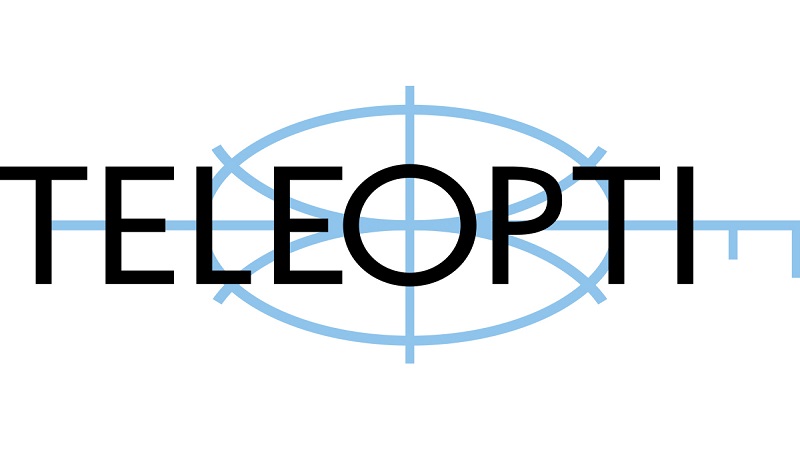Centralized or de-centralized WFM: 5 ways to strike the perfect balance
https://contactcentresummit.co.uk/wp-content/uploads/2018/11/Jabra_Engage50_coworkers3.jpg 960 640 Guest Post Guest Post https://secure.gravatar.com/avatar/abb249055208c7af4d35568e422dfd63?s=96&d=mm&r=gNew business models and organizational change have put the debate over centralized versus decentralized workforce planning back on the table. Kanogo Njuru at Teleopti advocates a balanced approach using Workforce Management (WFM) technology to blend all types of service organizations…
In the past, workforce planning was often managed by local teams out in the field. However, as technology has progressed to automate many of the traditionally time-consuming forecasting and scheduling processes, more and more organizations have seen the advantages of centralized planning. Contact centers in particular have enjoyed the benefits technology brings when addressing critical long-term strategic challenges, while optimizing workforce management and end-to-end processes for improved productivity, staff satisfaction, customer service and financial control.
It is also a trend that is not necessarily limited to the contact center world and the same debate over centralized versus decentralized planning can apply to all sorts of service models for example in retail, cleaning services and hospitality. In all instances the aim is to improve customer and employee satisfaction and boost profitability through optimized, automated forecasting and scheduling.
Over the years, seismic shifts in business have had a transformational impact on people. Mergers and acquisitions have brought uncertainty along with fluid internal staff structures while the rise of e-commerce has turned old ways of working on their head. How do organizations change the corporate culture to adapt to the new world order? How do they find, manage and keep good talent? How do they bring together thousands of full or part-time employees at head office locations or at remote virtual contact centers around the world and of course take into account home workers? What is the best way to forecast and schedule effectively? All these questions have renewed the debate around centralized versus decentralized workforce planning.
Some organizations take a conscious decision not to centralize all their Workforce Management (WFM) processes at once, if at all, regarding it to be counter-productive. There is the commonly held belief that centralized planning takes power away from local people, leading to a sense of loss of control and a demoralized workforce. Then, there is the pragmatic approach. Planners often share a special relationship with their local teams and they truly understand what their staff want and how they work best hence the old saying – if it ain’t broke, why fix it?
Other companies may choose to centralize certain functions like payroll but decentralize others such as HR and recruitment. Whichever WFM model organizations choose to adopt, good communication is essential to overcome mistrust and feelings of fear. By combining a sound communications strategy with technology, a balance between reducing unnecessary costs, while also promoting consistency and higher standards of operations, customer service and workforce satisfaction can be achieved.
5 ways to strike the perfect balance with WFM
Fortunately, the latest WFM solutions are highly flexible and offer speed and agility to support the needs of today’s multi-channel customer experience (CX) operations and other service organizations. Being cloud-based, they eliminate the need for expensive hardware and large in-house IT departments, are fast to implement, easy to scale and simple to use. Let’s take a closer look at five key benefits:
1. One single solution – can support a whole network of planners and brings consistency to a variety of centralized and decentralized WFM processes – from forecasting and scheduling enough staff to manage changing customer requirements to keeping track of employee sickness, personal schedules and team preferences. Even if different planning teams operate in different locations, the deployment of one solution makes it easy to connect the dots, bringing together the various elements involved in successful workforce planning such as staff information, employee requests and forecasting while accelerating the transfer of important workforce data to accommodate specific special projects or marketing campaigns. What it more, using one WFM platform opens the door to centralized planning in the future and makes the transition a smooth and seamless one.
2. High levels of scalability – support both centralized and decentralized workforce planning through agile forecasting and scheduling that adapts to changing customer and business requirements and by helping to create effective skills matrices that identify and deploy the best talent. The latest WFM solutions can flex up to accommodate a growing network of different planning teams in different locations or they can provide end-to-end visibility and superior management of organization-wide workforce planning activities from a central point.
3. Self-service for choice – whether an organization adopts a centralized or decentralized workforce planning model, the addition of self-service empowers employees to control their working lives, to view their schedules and those of their colleagues, request shift swaps or book time off at the click of the mouse or by using their mobile devices.
4. Fairness and transparency through automation – consistency and greater visibility of WFM processes both in smaller, decentralized planning teams and in centralized departments that plan for thousands of staff across the organization is made possible through automation. Transparency and openness create a sense of fairness that appeals to staff while satisfying organizations with a strong Union or Works Council presence. Managers have the information they need to ensure all employees take it in turns to do the more unpopular shifts and plan vacation time equitably while employees have total visibility of each other’s schedules and time off through self-service functionality.
5. Effective Change Management – certain customers like Germany’s biggest online retailer OTTO, cite the strategic impact that WFM technology has on actively advancing corporate change management programs. The flexibility, transparency and collaborative nature of today’s WFM technology has helped OTTO to strike a good balance between achieving high productivity levels (1,600 agents working 2 million shifts and 4,500 shift rotations – handling over 24 million enquiries per year!) and transferring the program’s core values of empowerment and fairness into 15 virtual contact centers. What is more, they have achieved this through a mixture of centralized and decentralized workforce planning methods across the company.
Centralized? Decentralized? Does it really matter? What really matters is striking the balance between operational or business efficiency and promoting a collaborative framework that leads to engaged employees and satisfied customers.
It’s time to welcome WFM technology as the catalyst for change.







